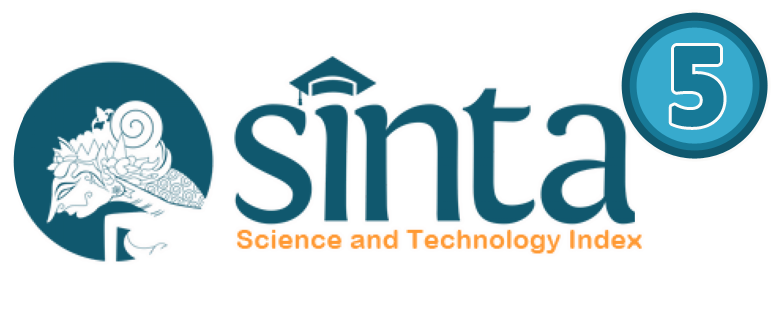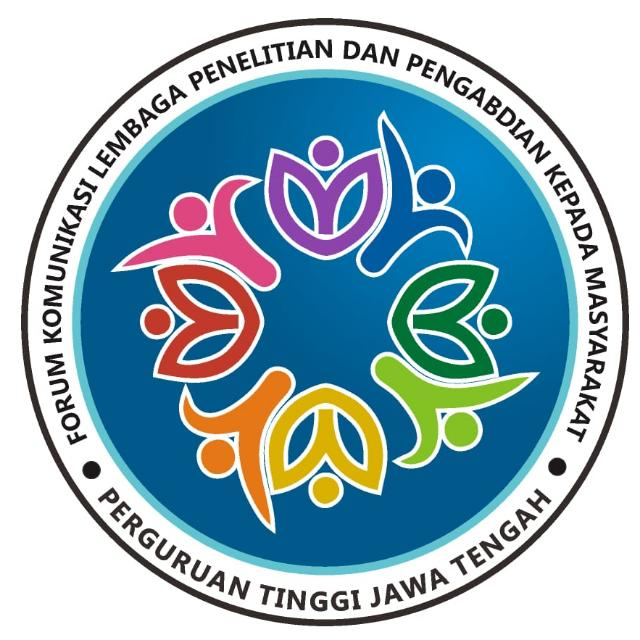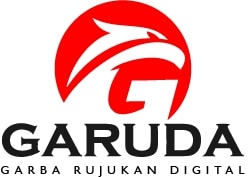Penggunaan Media Word Webs Dalam Pembelajaran Kosa Kata Bahasa Inggris Di Sdnn 01 Suruh Tasikmadu Karanganyar
DOI:
https://doi.org/10.33061/awpm.v3i2.3357Abstrak
English learning for children called English for Young Learners (TEYL) is developing in various parts of the world, especially in developing countries including Indonesia. This policy began in Indonesia since the enactment of the 1994 Curriculum, and its implementation continues to be increasingly necessary. This is related to the government's efforts to prepare reliable and quality students, who will be able to compete at the national and international levels. English has become a very important language in the international community. Therefore, everyone is expected to be able to learn, master and understand English well. In Indonesia, English occupies an important priority as the first foreign language that must be studied and mastered by students and has been taught in schools ranging from kindergarten to university level. In learning English, there are four (4) language skills that must be learned by students, namely listening, speaking, reading, and writing. One of the important language skills to be learned by students is speaking. One element of language that needs to be improved to support speaking skills is vocabulary. Vocabulary plays an important role in word recognition. The more English vocabulary that is owned and mastered by students, the better they are at understanding various learning materials delivered in English. Mastery of a large and extensive English vocabulary can also improve students' ability to communicate using English. The introduction of English vocabulary in SDN 01 Suruh Tasikmadu Karanganyar can use learning media that is fun, easy and effective. The learning media is Word Webs. The Word Webs media has the benefit of increasing students' knowledge of English vocabulary and strongly supports speaking skills. Word Webs learning media is a learning media that can be used in the teaching and learning process of English especially Vocabulary. Through this Community Service Activity or Pengabdian Kepada Masyarakat, learning English using Word Webs media at SDN 01 Suruh Karanganyar feels more fun and memorable. This will make students feel enthusiastic and happy in learning English provided by using Word Webs media. This media can also help teachers in teaching English vocabulary to support students' speaking skills with fun.Unduhan
Referensi
Brown, H. Douglas. 2001. Teaching by Principles. An Interactive Approach to Language
Pedagogy. New York: Addison Wesley Longman, Inc.
Chang, Yu-Ying. 2010. “English-Medium Instruction for Subject Courses in Tertiary
Education: Reactions from Taiwanese Undergraduate Students.†Taiwan International ESP Journal, Volume 2, Number 1, (pp. 55-84).
Harmer, Jeremy. 2007a. How to Teach English. Essex: Pearson Education Limited.
-------. 2007b. The Practice of English Language Teaching. Essex: Pearson Education
Limited.
Kruger, Sherri. 2010. “Why You Should Learn by Doingâ€.
http://www.dumblittleman.com/2010/10/why-you-should-learn-by-doing.html
(diakses tanggal 3 November 2013).
McKay, Penny. 2007. Assessing Young Language Learners. Cambridge: Cambridge
University Press.
Moon, Jayne. 2000. Children Learning English. Oxford: Macmillan Publishers Limited.
Nation, Paul. 2003. “The Role of the First Language in Foreign Language Learning.†Asian
EFL Journal, Volume 5, Issue 2. http://www.asian-efl-journal.com/site_ map_ 2003
.php (diakses tanggal 30 Agustus 2012).
Paul, David. 2003. Teaching English to Children in Asia. Hong Kong: Pearson Education
Asia Ltd.
Scott, Wendy A. and Lisbeth H. Ytreberg. 2000. Teaching English to Children, New York:
Longman Group UK Ltd.
Unduhan
Diterbitkan
Cara Mengutip
Terbitan
Bagian
Lisensi
- Hak publikasi atas semua materi informasi yang tercantum dalam situs jurnal ini dipegang oleh dewan redaksi/editor dengan sepengetahuan penulis. Pengelola Jurnal akan menjunjung tinggi hak moral penulis.
- Aspek legal formal terhadap akses setiap informasi dan artikel yang tercantum dalam situs jurnal ini mengacu pada ketentuan lisensi Creative Commons Atribusi-NonCommercial-No Derivative (CC BY-NC-ND), yang berarti bahwa hanya dengan izin penulis, informasi dan artikel Jurnal PKM dapat didistribusikan ke pihak lain dengan tanpa merubah bentuk aslinya untuk tujuan non-komersial.
- Setiap terbitan Jurnal PKM, baik cetak maupun elektronik, bersifat open access untuk tujuan pendidikan, penelitian, dan perpustakaan. Di luar tujuan tersebut, penerbit atau pengelola jurnal tidak bertanggung jawab atas terjadinya pelanggaran hak cipta yang dilakukan oleh pembaca atau pengakses.



















